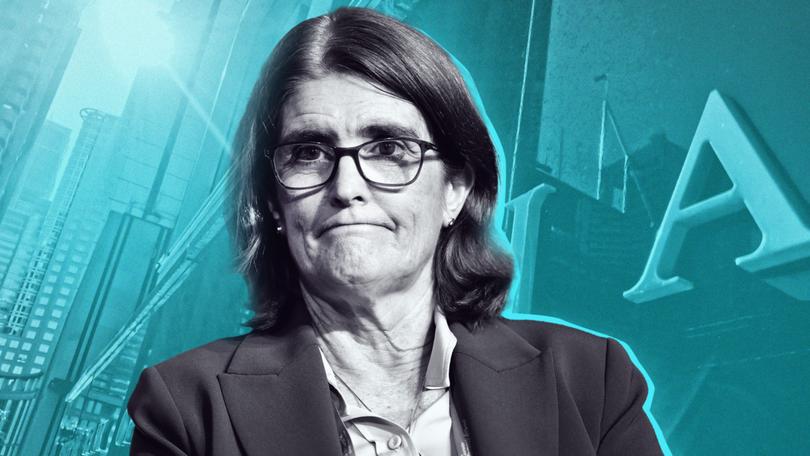‘No smoking gun’ about an August interest rate hike but Reserve Bank ‘alert to upside risks’

The Reserve Bank was worried the fight against inflation was moving slower than it hoped even before shock price data last week spooked markets, minutes released on Tuesday reveal.
But banks remain divided about whether punters should brace for an August interest rate hike.
Rates were held steady in June but ‘shocker’ inflation data revealed last week has sparked warnings the RBA may lift the cash rate to 4.6 per cent at its next meeting.
Sign up to The Nightly's newsletters.
Get the first look at the digital newspaper, curated daily stories and breaking headlines delivered to your inbox.
By continuing you agree to our Terms and Privacy Policy.There were already signs households had been less cautious about spending than expected, minutes from that June decision said.
The RBA’s top ranks were also concerned inflation was not falling back into the target band of 2 to 3 per cent fast enough.
Most commentators had until recently believed the bank was unlikely to hike rates, and had previously flagged cuts would begin this year.
Those projections were largely shredded last week when monthly consumer price data showed inflation at 4 per cent annually — the third straight month above expectations.
At the June gathering, the bank’s bosses mulled evidence inflation was running higher than expected. That raised the likelihood “progress towards the inflation target may be slower than forecast”.
The Reserve Bank needed to be “alert to upside risks”, the minutes said.
Household spending numbers were revised upwards for the previous 18 months, with increased overseas travel among the main factors.
The spending was flowing offshore and so does not add to inflation. But it was still seen as a potential sign that households “were not being as cautious in their spending as previously thought.”
Meanwhile, there were concerns that saving rates were falling.
The RBA opted not to move until more evidence was available.
A rate rise is still far from a done deal in August, and markets predict a less than one in three chance of a hike at the next meeting.
The labour market was softer with the jobless rate rising, hours worked falling and fewer vacancies. Signs pointed to slower wage growth.
ANZ head of Australian economics Adam Boynton said there was “no smoking gun” suggesting an August hike was the RBA’s base case.
“We continue to expect the cash rate to be on hold at 4.35 per cent until the first 25 basis point cut in February 2025, but acknowledge there is some risk that the next move is a hike,” he said.
Mr Boynton said ANZ was predicting quarterly inflation — due later this month — would be slightly above the RBA’s forecast of 3.8 per cent.
He said it was “difficult to discern” whether that would lead to a rate rise.
Commonwealth Bank still said its main scenario was for rates to be cut in November, while admitting the likelihood was falling.
“If the labour market continues to show resilience, and not loosen as we expect, this would see as delay our base case of a November rate cut and see us push our call into 2025,” the bank’s economics team said.
